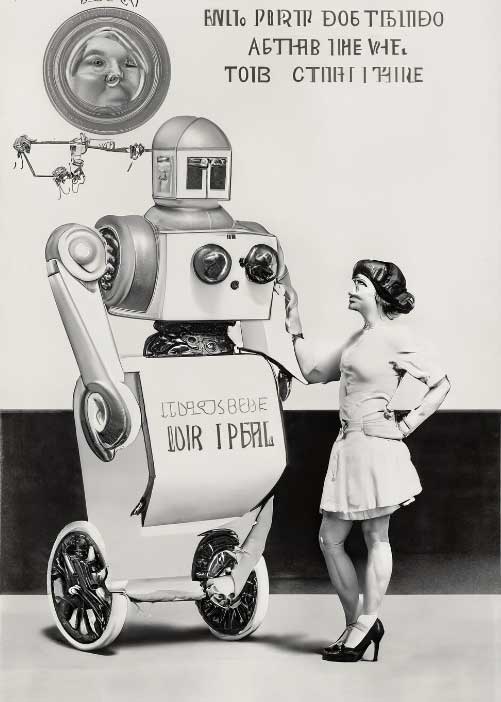
Objective: In this scenario, we will train a domestic robot to recognize common household objects and perform basic tasks related to them, such as picking up specific items and placing them in designated locations.
1. Data Collection: Gather a diverse dataset of images containing various household objects (e.g., cups, plates, books, remote controls, toys). Ensure the dataset includes different angles, lighting conditions, and backgrounds to improve the model’s robustness.
2. Data Labeling: Annotate the collected images with appropriate labels corresponding to each object category (e.g., “cup,” “plate,” “book,” “remote,” “toy”).
3. Data Preprocessing: Resize and normalize the images to a standard size to facilitate training. Randomly shuffle the data to avoid any bias during training.
4. Model Selection: Choose a Convolutional Neural Network (CNN) architecture suitable for image recognition tasks. CNNs are well-suited for image-based tasks due to their ability to automatically learn hierarchical features from images.
5. Model Training: Split the dataset into two parts: a training set (70-80%) and a validation set (20-30%). Train the selected CNN model on the training set using the labeled images.
6. Validation and Testing: Evaluate the trained model’s performance on the validation set to ensure it generalizes well to new, unseen data. Adjust hyperparameters, such as learning rate and batch size, to improve the model’s accuracy.
7. Fine-Tuning: If the model’s performance is not satisfactory, consider fine-tuning the model using transfer learning. Pretrained CNN models on large datasets (e.g., ImageNet) can be used as a starting point and then fine-tuned with the specific household object dataset.
8. Integration and Testing: Integrate the trained model into the domestic robot’s software system. Conduct thorough testing in a controlled environment to ensure the robot can recognize and identify household objects accurately.
9. Task-specific Training: If the robot is designed to perform specific tasks with recognized objects (e.g., picking up cups and placing them in the dishwasher), provide task-specific training with labeled data of the robot performing those tasks.
10. Real-World Testing: Deploy the domestic robot in a real-world setting (e.g., a home) and monitor its performance. Continuously collect user feedback and use it to improve the model through updates and refinements.
11. Safety Measures: Implement safety measures to prevent the robot from performing potentially harmful actions and continuously monitor the robot’s behavior to ensure it operates safely within the domestic environment.
Remember, the success of the domestic robot depends not only on the AI model but also on its hardware design, sensor capabilities, and user interaction mechanisms.
Have fun!